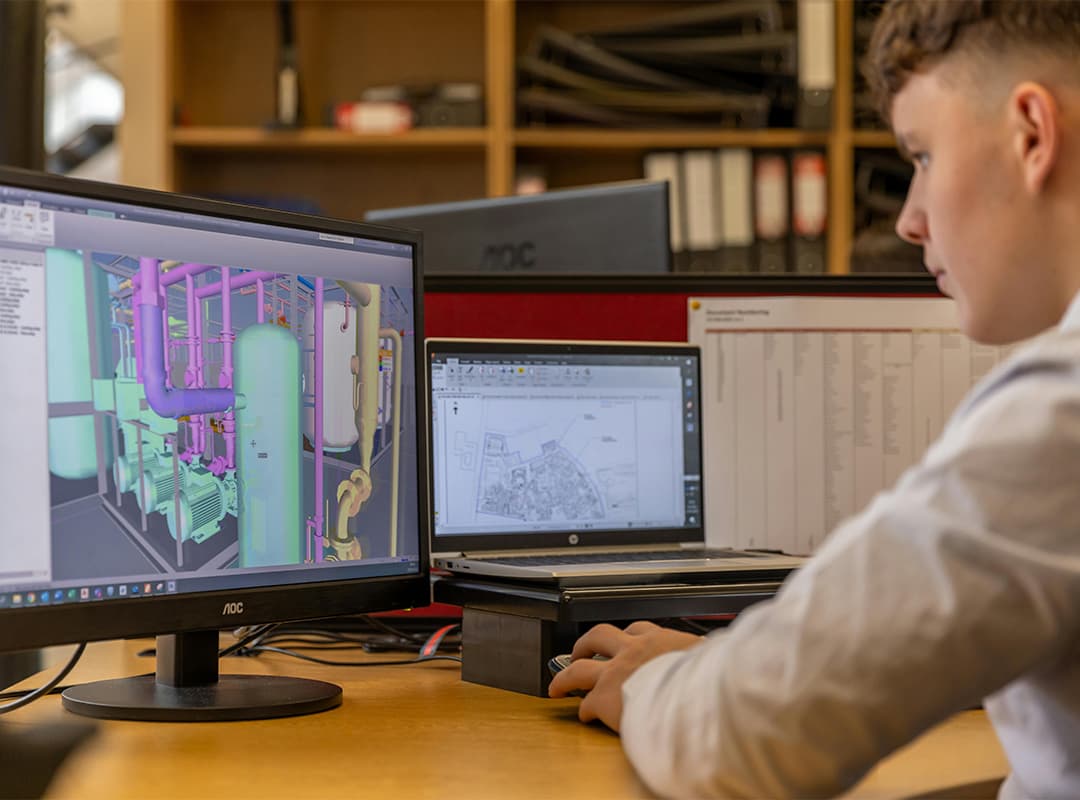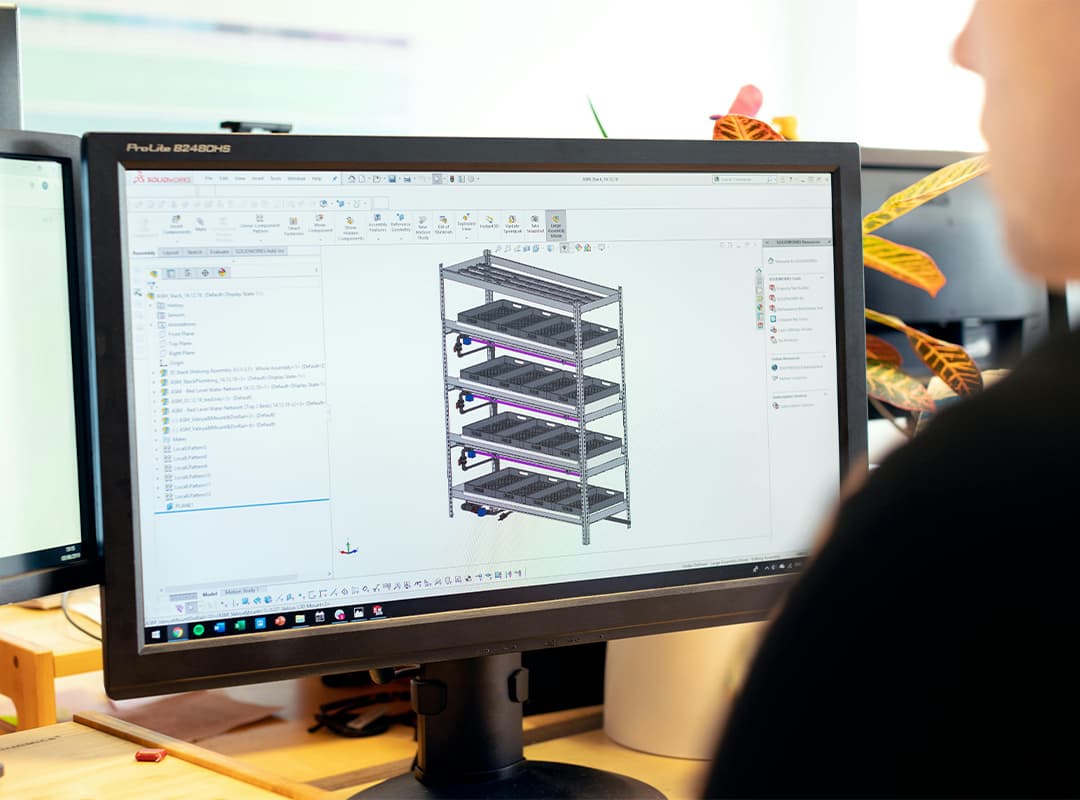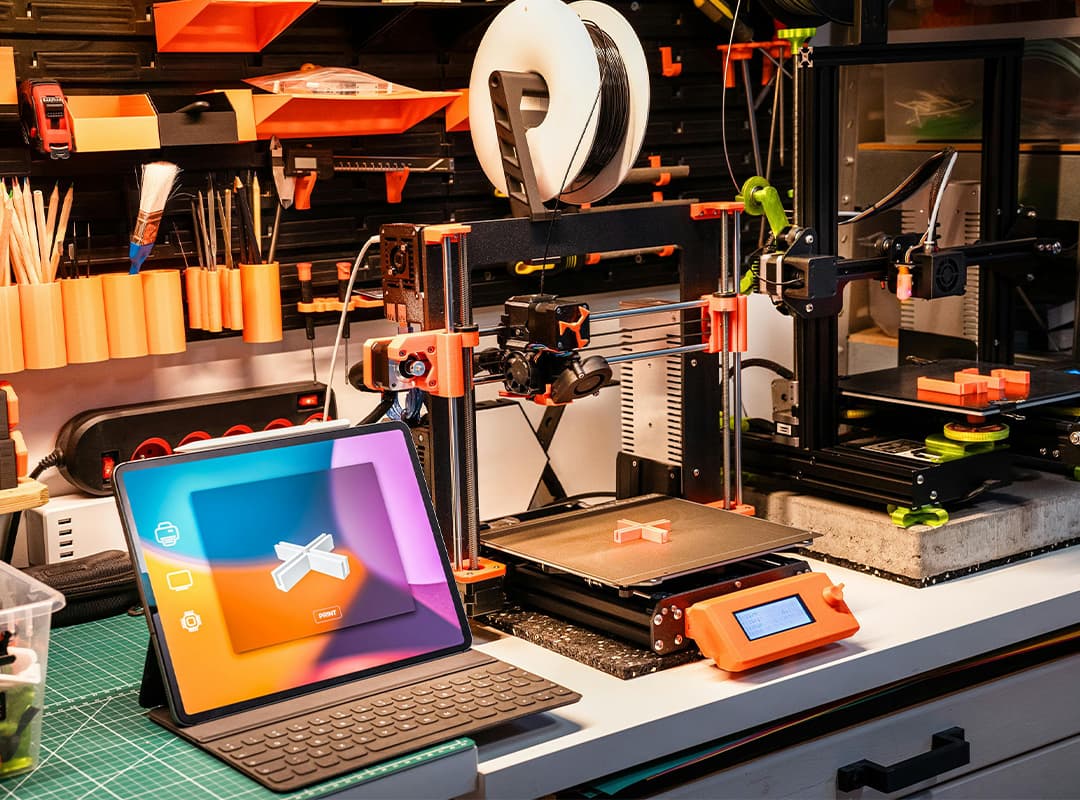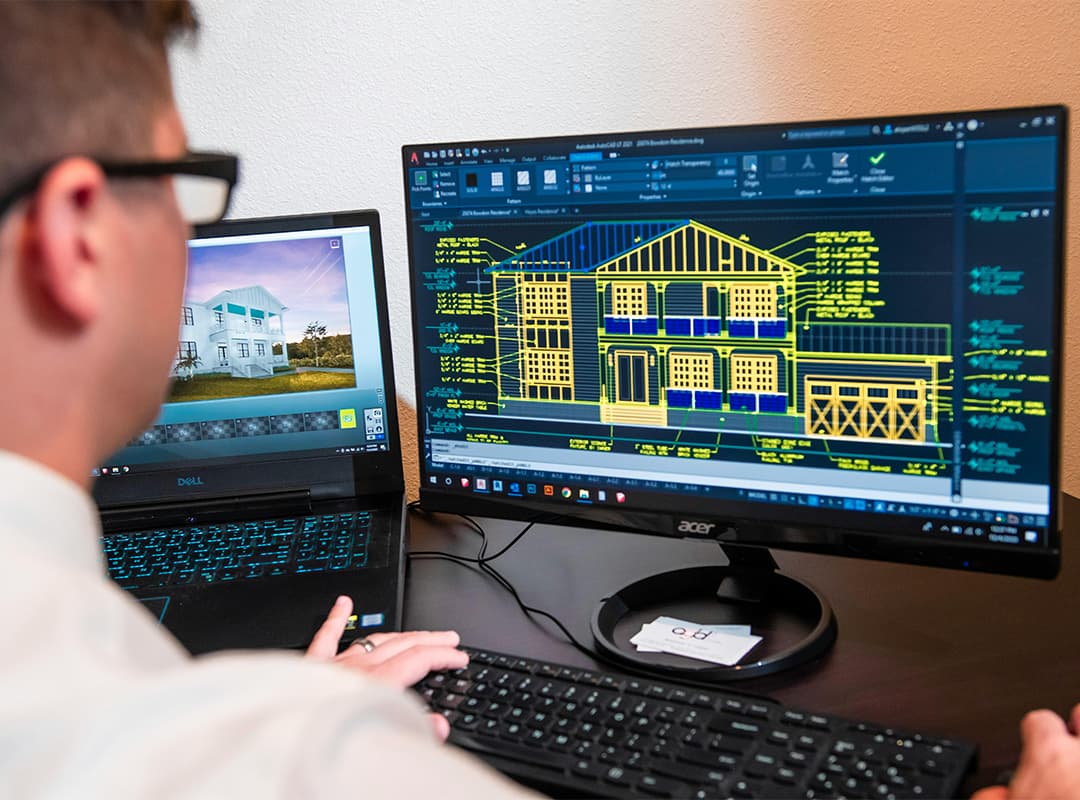In today’s fast-paced technological landscape, simulation software has become an indispensable tool across various industries, including engineering, healthcare, finance, and education. These tools enable professionals to model complex systems, predict outcomes, and optimize processes without the risks associated with real-world experimentation. This article provides an overview of modern software solutions for simulation, highlighting key features, applications, and trends in the field. We will also discuss how innovations like the paper simulator are enhancing the capabilities of simulation tools.
1. Types of Simulation Software
Simulation software can be categorized into several types based on their functionality and the industries they serve:
- Discrete Event Simulation (DES): This type of simulation models the operation of a system as a sequence of events. It is particularly useful in manufacturing, logistics, and healthcare settings where systems are often subject to random variations. Popular DES tools include Arena, AnyLogic, and Simul8.
- Continuous Simulation: Continuous simulation models systems that change continuously over time. This approach is often used in environmental modeling, chemical engineering, and fluid dynamics. Software solutions like MATLAB/Simulink and COMSOL Multiphysics are commonly used in this domain.
- Agent-Based Simulation (ABS): In ABS, individual entities (agents) operate according to specific rules, allowing for the examination of complex interactions within systems. This type of modeling is widely applied in social sciences, economics, and traffic modeling. Tools such as NetLogo and Repast are prominent in this area.
- System Dynamics: This simulation approach focuses on the feedback loops and time delays that affect the behavior of complex systems over time. It is commonly used in policy analysis and strategic planning. Software solutions like Vensim and Stella Architect are popular choices for system dynamics modeling.
2. Key Features of Modern Simulation Software
Modern simulation software solutions come equipped with a variety of features that enhance their usability and effectiveness:
- User-Friendly Interfaces: Many simulation tools now offer intuitive interfaces that allow users to create models without extensive programming knowledge. Visual modeling environments enable users to drag and drop elements, simplifying the modeling process.
- Integration with Other Tools: The ability to integrate simulation software with other applications (e.g., CAD software, data analytics tools) is becoming increasingly important. This interoperability enables users to leverage existing data and enhance the accuracy of their simulations.
- Real-Time Simulation: Advances in computing power have made real-time simulation feasible, allowing users to simulate dynamic systems as they operate. This capability is particularly useful in applications like traffic management and resource allocation.
- Collaboration Features: Many modern simulation tools provide collaborative features that allow teams to work together on models, regardless of their physical location. This fosters teamwork and enables multiple stakeholders to contribute to the modeling process.
3. Emerging Trends in Simulation Software
The simulation landscape is constantly evolving, with several emerging trends shaping the development of software solutions:
- Cloud-Based Solutions: The shift to cloud computing has made simulation software more accessible, allowing users to run complex simulations without the need for high-end local hardware. Cloud-based platforms facilitate real-time collaboration and data sharing, enhancing teamwork and efficiency.
- Machine Learning and AI Integration: The incorporation of machine learning and artificial intelligence into simulation tools is revolutionizing how users analyze data and optimize processes. These technologies can improve predictive capabilities and automate optimization processes, making simulations more powerful and efficient.
- Focus on Sustainability: As industries increasingly prioritize sustainability, simulation tools are being designed to assess environmental impacts and optimize resource use. This focus allows organizations to make more environmentally conscious decisions.
- Paper Simulator: Innovations such as the paper simulator are transforming how industries approach modeling and simulation. This tool allows users to create and manipulate physical models of systems using paper, enhancing understanding and engagement. The paper simulator can be particularly useful in educational settings, helping students visualize complex concepts and processes in a hands-on manner.
4. Applications of Simulation Software
Simulation software is applied across a wide range of industries and fields, including:
- Manufacturing: Simulation tools are used to optimize production processes, reduce waste, and improve overall efficiency. They enable manufacturers to test different configurations and strategies before implementation.
- Healthcare: In healthcare, simulation software aids in optimizing patient flow, resource allocation, and treatment plans. Hospitals can use simulation models to analyze patient pathways and improve operational efficiency.
- Transportation: Simulation tools help transportation planners evaluate traffic patterns, assess the impact of new infrastructure, and optimize public transit systems. This leads to better resource management and improved mobility.
- Finance: In finance, simulation models are used to assess risk, analyze market trends, and develop investment strategies. Financial institutions rely on simulations to model complex scenarios and make informed decisions.
Modern simulation software solutions have become essential tools for professionals across various industries, enabling them to model complex systems, predict outcomes, and optimize processes. With advancements in user interfaces, integration capabilities, and emerging trends like cloud computing and AI, simulation tools are more powerful and accessible than ever before.
Innovations such as the paper simulator are also making significant contributions to the field, enhancing understanding and engagement in both educational and professional settings. As technology continues to evolve, simulation software will play an increasingly vital role in driving innovation and efficiency across industries, helping organizations make informed decisions that shape their futures.



